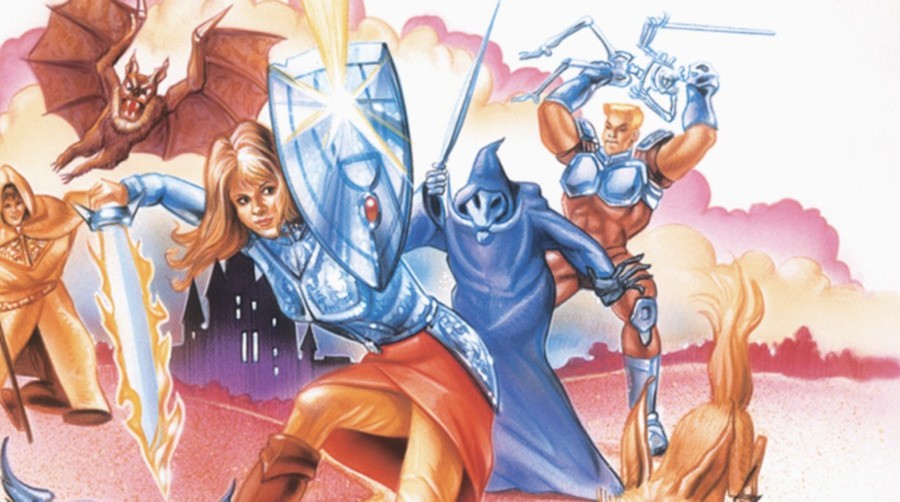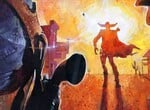
Given that Yuji Naka's star has fallen slightly in recent years thanks to his conviction for insider trading, it's easy to forget that, at one time, he was one of Sega's most valuable developers.
Even before he helped bring Sonic the Hedgehog to the world, Naka's talent for programming had delivered the company with several hits, including the Master System JRPG Phantasy Star.
Speaking in a 2000 interview recently translated by Shmuplations, Naka discussed working on the seminal 8-bit role-playing title and addressed the game's groundbreaking first-person dungeons, which offered surprisingly smooth scrolling for 1987.
"I wanted Phantasy Star to be the first game with smooth 3D dungeons," he says, before adding:
I had played Wizardry, you see. I also wanted to make sure that when you turned a corner in the dungeon, the screen didn't abruptly switch, but instead smoothly rotated to the left or right. When I play Phantasy Star today it still does feel smooth, but it's also way too slow for me. The prototype I'd created actually went a lot faster. You could zoom through those caves, like a roller coaster! I remember showing it to people, "Get a load of this!" and their response was "I think I'm gonna be sick." (laughs)
Naka says this is the first time he became aware of 3D motion sickness, something that would become more of an issue for certain players when titles like Doom and GoldenEye 007 appeared in the 1990s.
As it happens, the solution to this issue was forced upon him by the constraints of cartridge media:
That scrolling used up a whopping 3MB of the 4MB available to us. If I'd continued to program like that there'd have been no room left for the actual game! Ultimately, we ended up using a compression routine, and the data is read from memory and uncompressed in real-time as you progress through the dungeon, but doing it that way made it 4 or 5 times slower. You walk at a speed of 4 interrupts. Slow as this was, people no longer got dizzy, so it received high praise.
Phantasy Star would spawn several sequels, none of which used the 3D dungeon mechanic. The 1987 original was recently re-released on Switch as part of the Sega Ages range.







